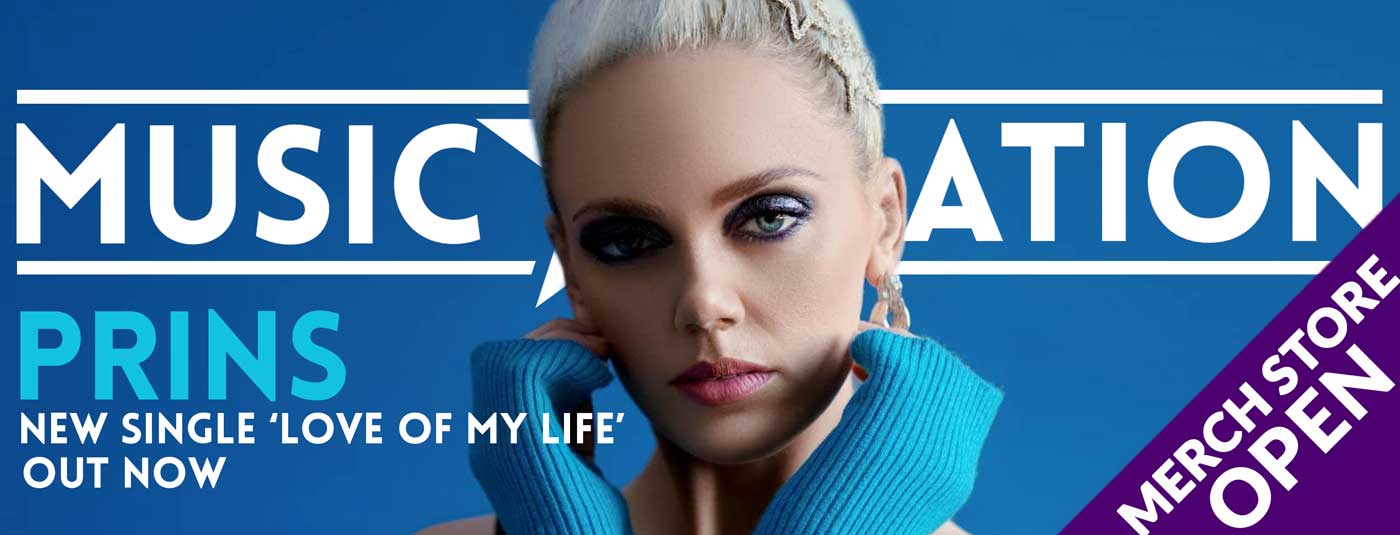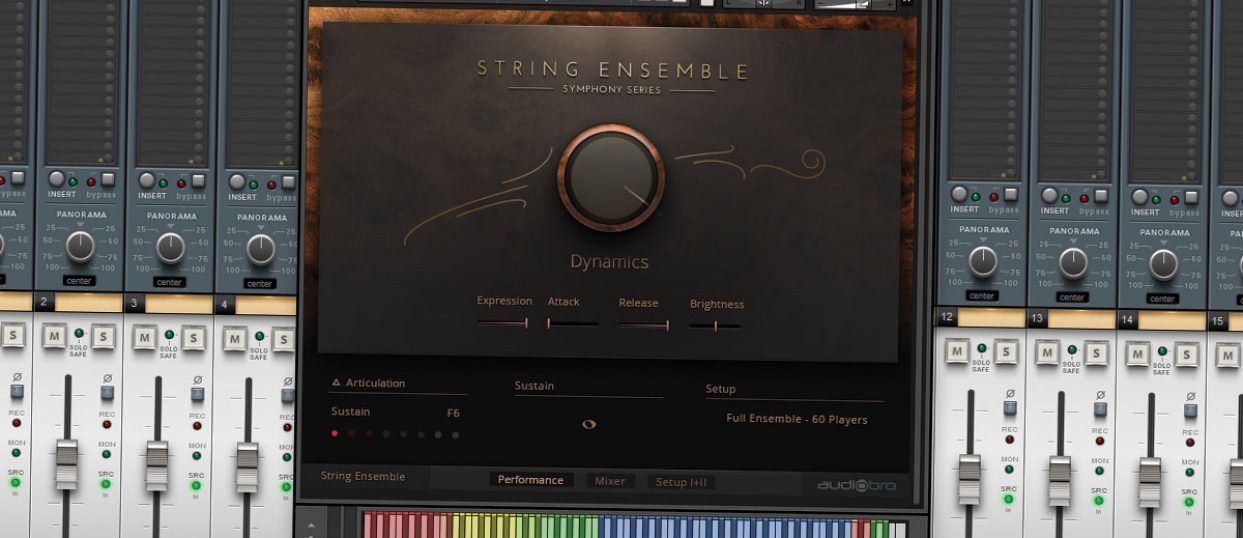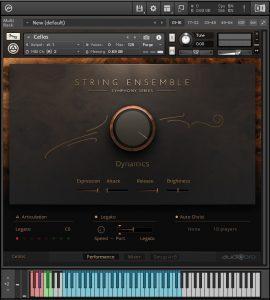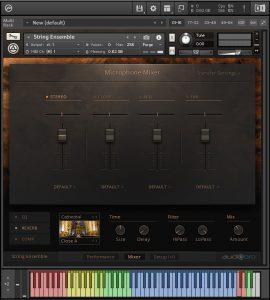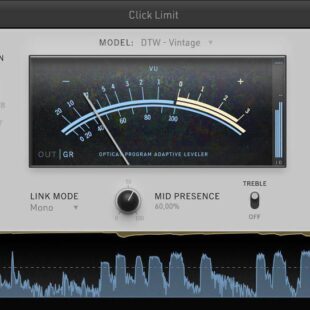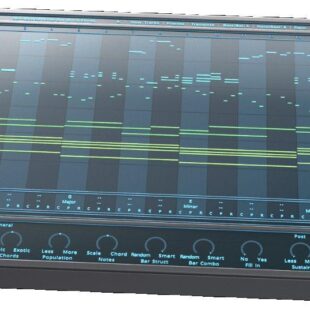Native Instruments String Ensembles – Smooth as Silk
Native Instruments’ brand new 60-piece string library promises lush, score-ready orchestrations right out of the box, sounds almost too good to be true? Let’s check it out
Native Instruments are not best recognised for their traditional orchestral libraries, opting more for the bedroom producer and Maschine-friendly electronica-focused instruments. With their latest offerings of 4 highly detailed sample orchestral products the mould has been broken with these super-detailed and high-end sounding orchestral suites, but they have a large reputation to live up to.
Native Instruments have teamed up with LA Scoring String developers Audiobro to create this edition, the String Ensembles library, and the same high-quality production-ready patch styles are immediately apparent once you start playing. Though a totally different workflow structure and this was recorded in Budapest as opposed to LA, there is a slight similarity in the sound, but not so much that it’s noticeable – perhaps the signature style of the recording engineers, but it definitely has a feeling of quality in the sounds.
String Ensembles only offers rudimentary controls – expression, attack, release, brightness and a large dynamic knob in the middle of the UI, but there’s enough there to affect most parameters you’ll need. Opening the mixer screen reveals a stereo mix with alternative close, mid and far mic positions all of which can be individually routed to your DAW. A simple EQ and compressor are included, plus an excellent-sounding convolution reverb with patches crafted especially for the project by Audiobro. If you wish to disable the auto divisi you can choose between four group setups – full ensemble, full with small violin section, divisi A and divisi B. Nice and simple, and perfect for a load-and-forget session while you get on with the business of writing music.
As far as banks are concerned, you only get 5. Basses, cello, viola and violins, and a fifth, full ensemble patch – a collective of the other four mapped across your keyboard. Each of the individual banks is still very large in scale, you’re not going to find any solo instruments here. Keyboard articulations are again simple, including sustain, Sordino sustain vibrato, tremolo, staccato, spiccato and pizzicato – with a legato default for the individual banks, all totally customisable.
Road Test
Thanks to the separate A & B sample recordings, the entire orchestra can be separated with Native Instrument’s ‘True Divisi’ engine, or ‘Auto Divisi’. The results are much more realistic legato runs and chords when played as a full ensemble. It’s complicated, but in a nutshell – if you play a single note, a section will play that note, for instance, violin 1 section. If you then play a second note of the same chord the software works that out and selects a different section to play this note, say violin section 2. The next note might be given to violin section 1 B, and the fourth to violin section 2 B. So when all four divisi’s are loaded, it simply layers the next notes. The results are much smoother chords with single-note runs, none of the sound-on-sound buildup you get with other libraries. A very clever system and one that works extremely well.
In full ensemble mode, the keyboard feedback is very gratifying. Transitioning from held chords to single note lines doesn’t lose the impact of the full orchestra, yet the detail of the instrument zone you’re playing in is present and clear. In the basic sustain articulation, the full orchestra is heavy and dark sounding, but also light enough if you don’t hamfisted the keyboard and let the sound develop with the dynamic wheel. Though there are a few milliseconds for the sound to develop, as it does in real life with a bowed instrument, there is a feeling of immediate power when you hit a large, two-handed chord, very god-like.
In a test rock mix, we dropped the orchestra into, it blended seamlessly into the background providing the perfect foundation for the track, yet also providing plenty of epic symphony character.
Conclusion
String Ensembles’ large orchestra approach is much better suited to movie scores, trailers and the odd symphonic metal project. Though you can reduce the size of the orchestral players, which is amazing, there is less focus on individual players and more on the gravity and weight of the combined orchestra.
There are many orchestral libraries out there to choose from these days, all offer benefits in one or more areas. String Ensembles’ strength lies with the silky smooth auto-divisi, a real joy to play and something I have not seen elsewhere. Though this lacks the control depth of a Spitfire Audio offering and the instrument choice of Audiobro’s own LASS, I think String Ensembles carves a nice little niche of its own here for simple, amazing-sounding strings that can easily span many genres.
Perhaps the biggest hurdle to get over is the price, which is a lot. Happily, there are crossgrade and bundle deals on the official website, but sometimes in life, you just need to invest in quality tools, and that’s exactly what’s on offer here.
Check the Native Instruments website for details and pricing www.native-instruments.com
